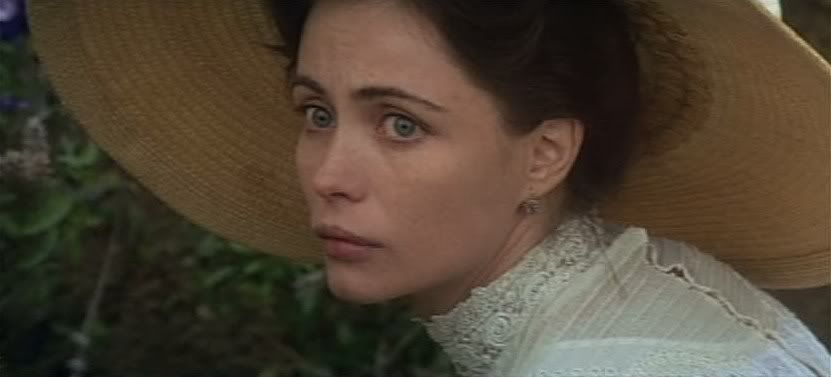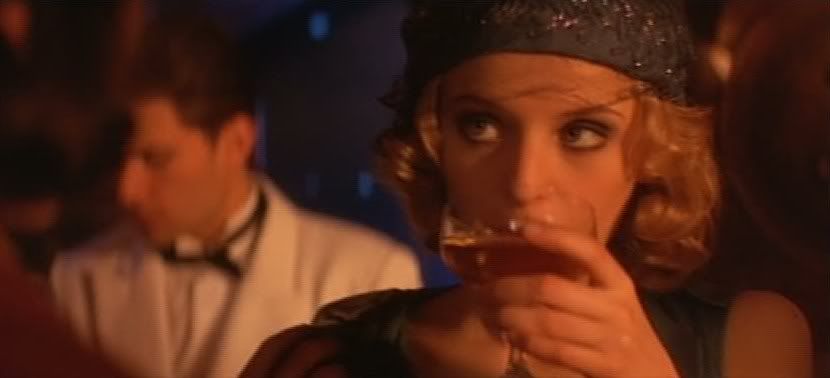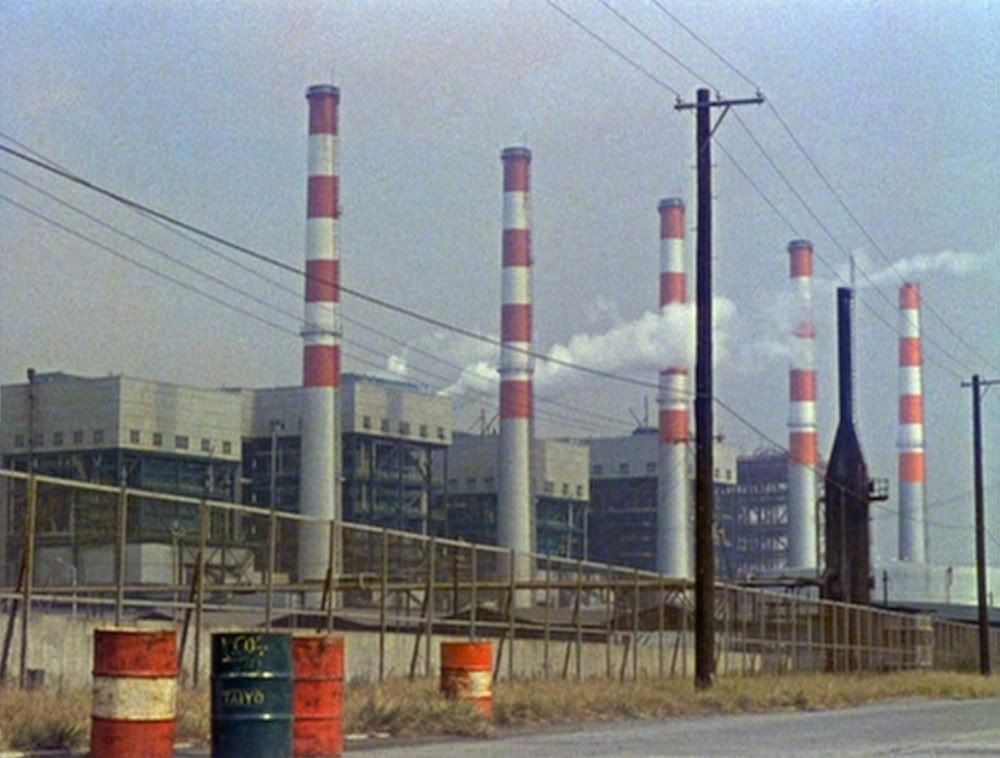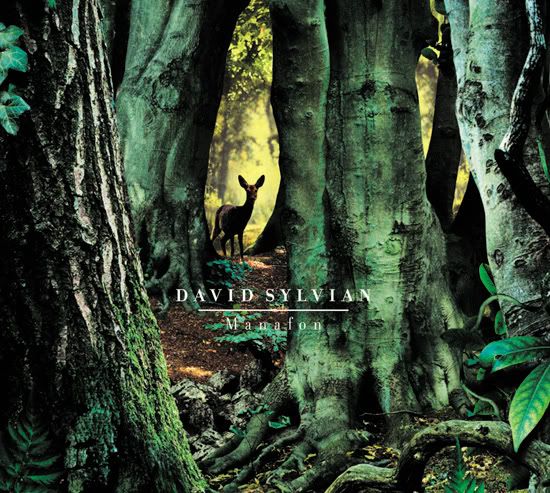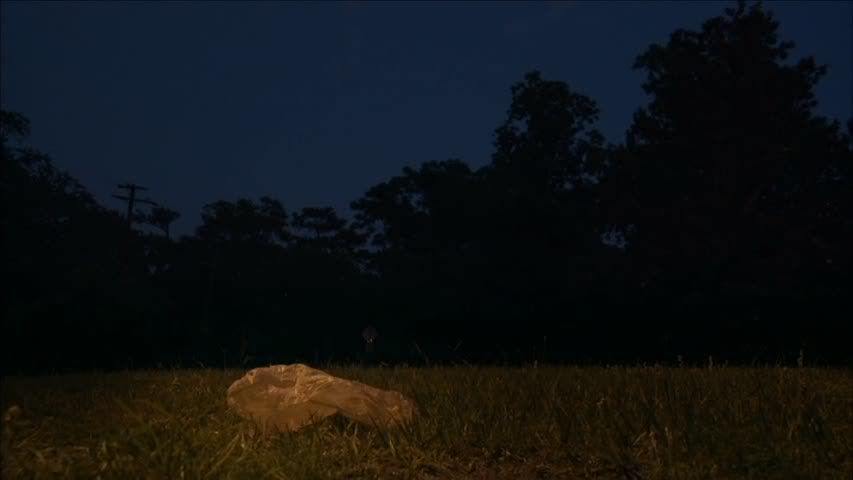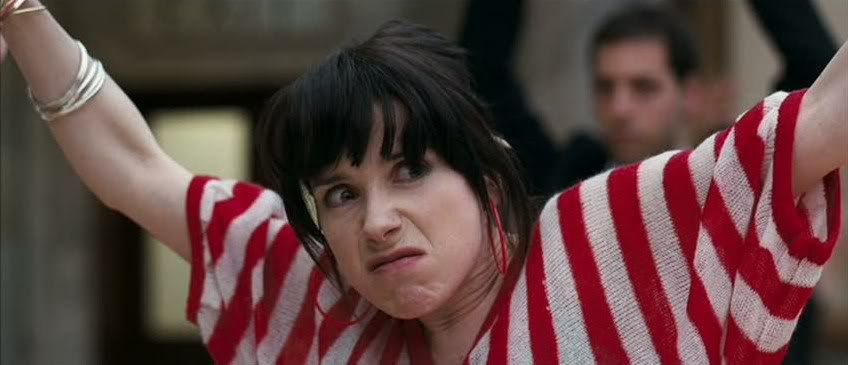
Mike Leigh's Happy-Go-Lucky is built around a peculiar and extraordinary character, the 30-year-old school teacher Poppy (Sally Hawkins), a woman who is forcefully, unbelievably enthused about life and, seemingly, everything in it. In the opening minutes of the film, she encounters a reticent book store clerk who responds to her peppy greetings with glowering silence and confusion, as though he doesn't understand why this woman is wandering through his store, asking him questions and smiling and laughing for no apparent reason. But this is just how Poppy lives her life, with an attitude of openness and cheerfulness that can seem, to the people she encounters and at times to the film's audience, like absurd naiveté or even lunacy. Poppy is a person of boundless optimism and good will, and her final question to the store clerk provides a subtle glimpse of her worldview. She asks the man if he's having a bad day, and this finally shakes him out of his stony silence, at least long enough to answer with a simple "no." The unspoken question, then, is why he seemed so rude, so closed off, so unwilling to interact. When Poppy encounters this kind of attitude, she assumes that something must be wrong, because she doesn't realize that for a lot of people — even most people — the default setting for getting through the day is not boundless cheer but resignation or, at best, neutrality. Most people are not like Poppy, greeting every day with laughter no matter what happens. When she leaves the store, she realizes that her bike has been stolen, and even that she responds to with bemused laughter rather than anger; she's a little sad only that she didn't have a chance to say goodbye.
As a character, Poppy perhaps strains credibility — and in certain scenes shatters it altogether — but that's part of the point. She's almost artificially, supernaturally happy, very unlike the poor, downtrodden, miserable characters who often populate Leigh's films about the British working class. Poppy presents an alternative to that misery, an alternative to the attitude of constant complaining, an alternative to the attitude that the world is out to get us and that the best thing to do is snarl back. When Poppy encounters the small adversities of everyday life, she muddles through as best she can and tries to make it as enjoyable as she can. At one point, she injures her back while trampolining, and winces her way to the chiropractor, although she also exclaims that her back pains make her laugh — which is not surprising, since everything makes her laugh. While she sees the doctor, her friend Zoe (Alexis Zegerman) waits outside, trying to chat up another back pain sufferer, and Leigh not too subtly points out how outrageous Poppy's attitude is. While the man in the waiting room cringes and glowers at everyone around him, and Zoe points out that back pain affects everything, including one's attitude, Poppy is giggling and smiling through her pain, joking with the doctor. Back pain doesn't alter her attitude, and neither does almost anything else. Leigh stages the scene in a strikingly intimate, even sensual way, with Poppy stretched out on the examining table in a pink bra and bright orange panties beneath black net stockings. As the big hands of the doctor probe her body, Leigh almost makes the examination seem sexual, flirtatious, but really Poppy is just doing what she always does, which is to remain open to other people and to her own pleasure even when things aren't going so great.
This attitude encounters its greatest challenge in the form of Scott (Eddie Marsan), Poppy's driving instructor. Scott is an obvious bundle of (barely) repressed rage and disdain for other people. He is a Christian of a particular type — he says that Satanists and the Pope amount to the same thing — and also a conspiracy theorist and a racist. The openness of Poppy and Zoe to the black chiropractor — who they find attractive and kind — is contrasted against Scott's instinctual reaction to lock the car doors when two young black men go innocently riding by on bicycles. Scott is nasty and perpetually angry, always complaining about his driving students, about the inconsideration of other drivers, and especially about Poppy's cheerful attitude. Leigh relies a lot on closeups throughout this film, probing closeups that establish an at times uncomfortable intimacy with his characters' exaggerated emotions and the way those emotions are scrawled across their faces. There could not be more distance between the ready smile and bright eyes of Poppy and the constricted, taut face of Scott, who's always snarling and spitting from between clenched teeth, his face threatening to turn red with anger, his eyes scrunched up into angry slits. The two actors are each exaggerating, each projecting their feelings in the broadest possible ways, and Leigh purposefully sets these two caricatures against one another, letting the sparks fly simply by placing them in the same car together.
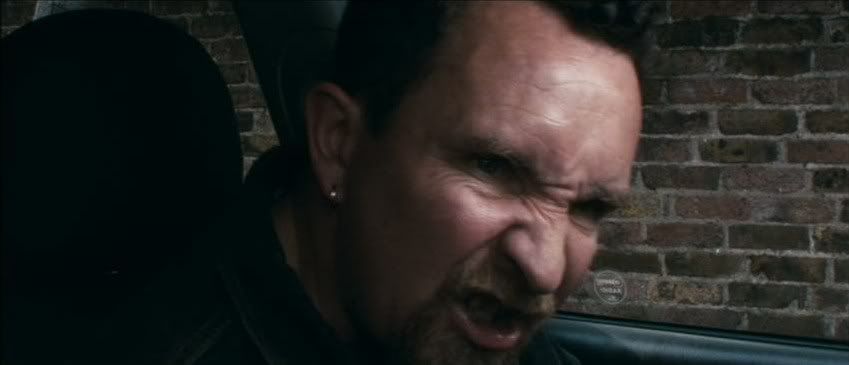
Of course, it's wildly entertaining and exciting, but the surprising thing is that it winds up being more than that, more than just an over-the-top acting exercise in which two broad types clash. Because even though Poppy and Scott are each extreme incarnations of opposite personality types, there's something poignant about this meeting of the avatar of good cheer and the personification of Christian repression and rage. The tension between the two explodes during the final act, when Scott unleashes, in a torrent of startling hostility, exactly how he feels about Poppy and exactly how he sees her. It's a vision of Poppy strikingly different both from how Poppy sees herself and how the audience has likely seen her up until that point. And Poppy looks at him with a dawning sadness on her face, an expression of true despair as she realizes how badly he has misunderstood her and her intentions, how different his whole way of looking at the world is from hers. It's such a bracing moment because it gets to the heart of the film's study of Poppy, who remains so outwardly happy through everything that one is forced to wonder if it's an act, if she's really happy or if she's nursing a deeper loneliness or depression beneath the surface.
That would be the conventional understanding of such boundless cheerfulness. The usual idea is that anyone who responds to everything with a laugh or a joke is adopting a defensive posture against the world, but that refreshingly doesn't seem to be the case with Poppy. She is thirty years old and has no boyfriend for most of the film, and several times her friends delicately probe how she feels about this situation, asking if she's lonely or if she wants a baby or if she's unhappy with her life, but Poppy shrugs off such concerns. She's OK with her life, with her friends, with her job, and she doesn't feel the need to dwell on the things she doesn't have. People keep telling her to be a grown-up, but Poppy certainly has a more mature attitude than Scott, who tells her to grow up but is implicitly compared by Leigh to a schoolyard bully in Poppy's class, a troubled boy taking out his anger on his classmates. And just as Poppy tries to draw out that boy, to get to the root of his troubles, she tries to do the same thing with Scott, though his grievances have had longer to fester, his angry worldview has had time to solidify, and his troubled childhood has lasted well into his outward adulthood.
What's interesting about Happy-Go-Lucky is that, although Leigh obviously admires his heroine's pluck and joy, there are certainly times where Poppy must become aggravating even to a sympathetic audience. Her openness to everything leads her, at one point, to wander into an abandoned construction site late one night, following the crazed ranting of a bum. This is surely the scene where Leigh goes too far in portraying Poppy as a kind of holy fool, as she interacts with this obviously mentally damaged man with the same innocence and good cheer she displays with everyone else. The scene has a sense of danger running throughout it, an uncertainty about whether this man is dangerous, whether he's going to assault Poppy. Poppy isn't oblivious to the danger — she's not that stupid — but she traipses on anyway, trying to do... well, what? She offers the man some change, which he refuses, and she asks if he's cold, though she wouldn't have any obvious remedy for that if he had said yes, but mostly she just seems to be trying to connect, to talk to him, to see what he wants or needs.
At moments like this, though, Poppy seems less cheery and optimistic than suicidal, or at least willfully blithe with risk, naivé about the dangers of the world. The scene seem like a fantasy diversion from reality. In other scenes, one even sympathizes with Scott as Poppy, unable to keep a straight face for more than a minute, makes light of the dangers of driving and turns her lessons into jokes. It's hard not to agree with the otherwise unsympathetic Scott that driving is a responsibility to be taken seriously or else people will get hurt. Leigh intends for us to just keep laughing along with Poppy, to see her perpetual teasing of Scott and her casualness with driving as a joke, but in some ways he sets this up so that he can pull the rug out from under us with Scott's final enraged speech to Poppy. Because although Scott ultimately reveals himself as even more pathetic and distasteful than he'd first appeared, Leigh doesn't flinch away from the fact that Poppy's carefree, always-happy attitude led her to this place. And Poppy, of course, has reason to be happy: she has good friends, a job she loves, in the end she even finds a boyfriend. The worst thing that happens to her in the film is Scott telling her off. One wonders if her attitude could survive a change of context, or how she would cope with real tragedy, if she could cope at all. The film's final image of Poppy and Zoe rowing together on a lake — Poppy and Zoe go boating? — is a peaceful and cheerful one, but lingering questions remain, like whether Zoe hides a twinge of resentment now that her friend has a man and she doesn't, and whether Poppy would even realize such things. She's happy, but is she aware? And does it matter?


